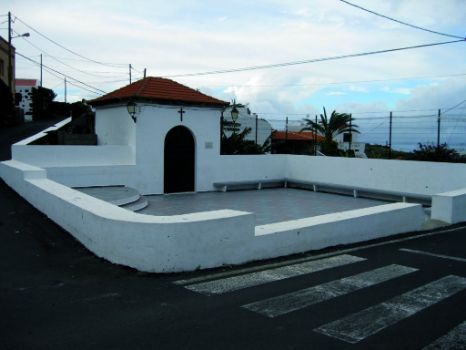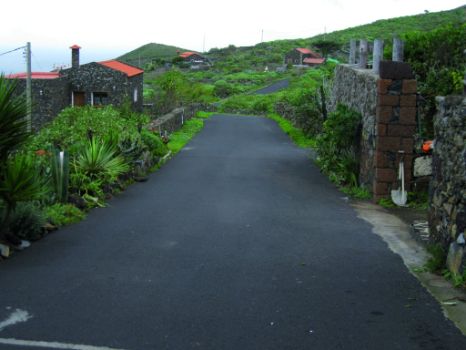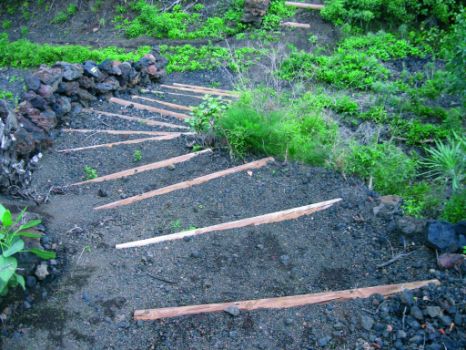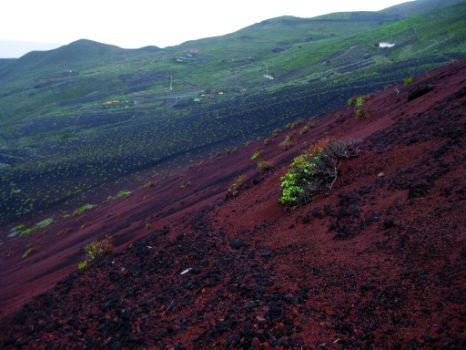Net of Natural
Trails

Stage 10: Tamaduste - Echedo
Description
From the Tamaduste “River” to the Vineyards of Echedo
The tenth stage of this long distance circular trail – which skirts the coasts of the island of El Hierro - begins in the small seaside village of Tamaduste. The trail goes around Montaña de la Candia (Candia Mountain) and ends in Echedo, a picturesque village located in an important wine growing region where vineyards grow on volcanic ash.

The initial leg of this tenth stage of the circular trail that skirts the coasts of the island joins the first section of track GR-131, which goes through the middle of the island from northeast to southwest. The trail starts from the coastal village of Tamaduste, on the northeast side of the island, one of the most peaceful and welcoming areas of El Hierro, quite close to Los Cangrejos airport and the capital city, Valverde, since the village is located within the municipality of Valverde.
The village is situated in a natural environment excellent for hiking. Tamaduste is renowned for its beach, known as the “Tamaduste River”, a sort of pond or cove formed by a sea inlet, with calm and crystal clear waters very inviting to bathers.
This stage of the trail begins in this old fishing village, gradually transformed into a holiday resort for tourists visiting this beautiful spot of the island in search of rest. This stretch of the trail is a little over four kilometers and a half long, and joins the section that goes from Tamaduste to Valverde of path GR-131 until reaching a fork in the road.
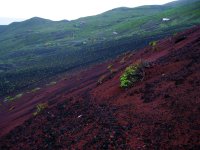
On the initial part of the trail, a few meters before the beginning of our ascent to Eschedo, we can make a detour to reach the viewpoint situated at the entrance to Tamaduste, which offers magnificent views of the coast and the village. As we continue, the trail has a steady ascent from the road, past a number of houses, until it reaches abandoned crop lands that have been colonized by a varied vegetation with species such as tabaiba (Euphorbia sp.), sorrel (Rumex lunaria), thyme (Thymus vulgaris) or cactus pear (Opuntia maxima). From this point, the views of Tamaduste and the airport are spectacular.
Once we have begun our ascent, the trail skirts Montaña de la Candía, formed by jable and picón (volcanic ash and charcoal) of a reddish hue. Jable is volcanic sand that may have different colors – the most common ones being red, black or different hues of beige – depending on the origin of its component elements. We should skirt the mountain Montaña de Candia with extreme caution, since the trail goes along a very steep slope. On the way we can enjoy the volcanic landscape that stretches from the trail to the coast of Punta de Amacas.

Once we leave the mountain behind us, the road goes through a volcanic landscape that leads to an area of large vineyards which have a remarkable appearance, where the vines grow on a black colored substrate of volcanic origin.
The vineyards are concentrated in farms with buildings made of the volcanic material that is so abundant in the area, in such a way that the color of the houses blends with that of the ground.
The houses of Echedo, surrounded by typical vines that grow in picón or volcanic charcoal unfold before our eyes. Situated in this important wine region, Echedo was originally used as summer place of residence for the families of El Hierro, but, nowadays, it has become a permanent residence place near the capital.

Echedo also belongs to the municipality of Valverde, has an altitude of 360 m above sea level, and is situated near Montaña de Tanganiscaba, a volcanic cone that created the Hoya de Echedo or Eyedo Depression. North of this mountain and very close to it, off the coast, we can see the mountain named Montaña de las Salinas and, nearby, there is a coastal plain where natural salt lakes are formed.
A track that leads to Charco Manso, a fabulous natural swimming pool that has been conditioned in a very wild coast, with lava arches and numerous blowholes, begins in Echedo.
Profile
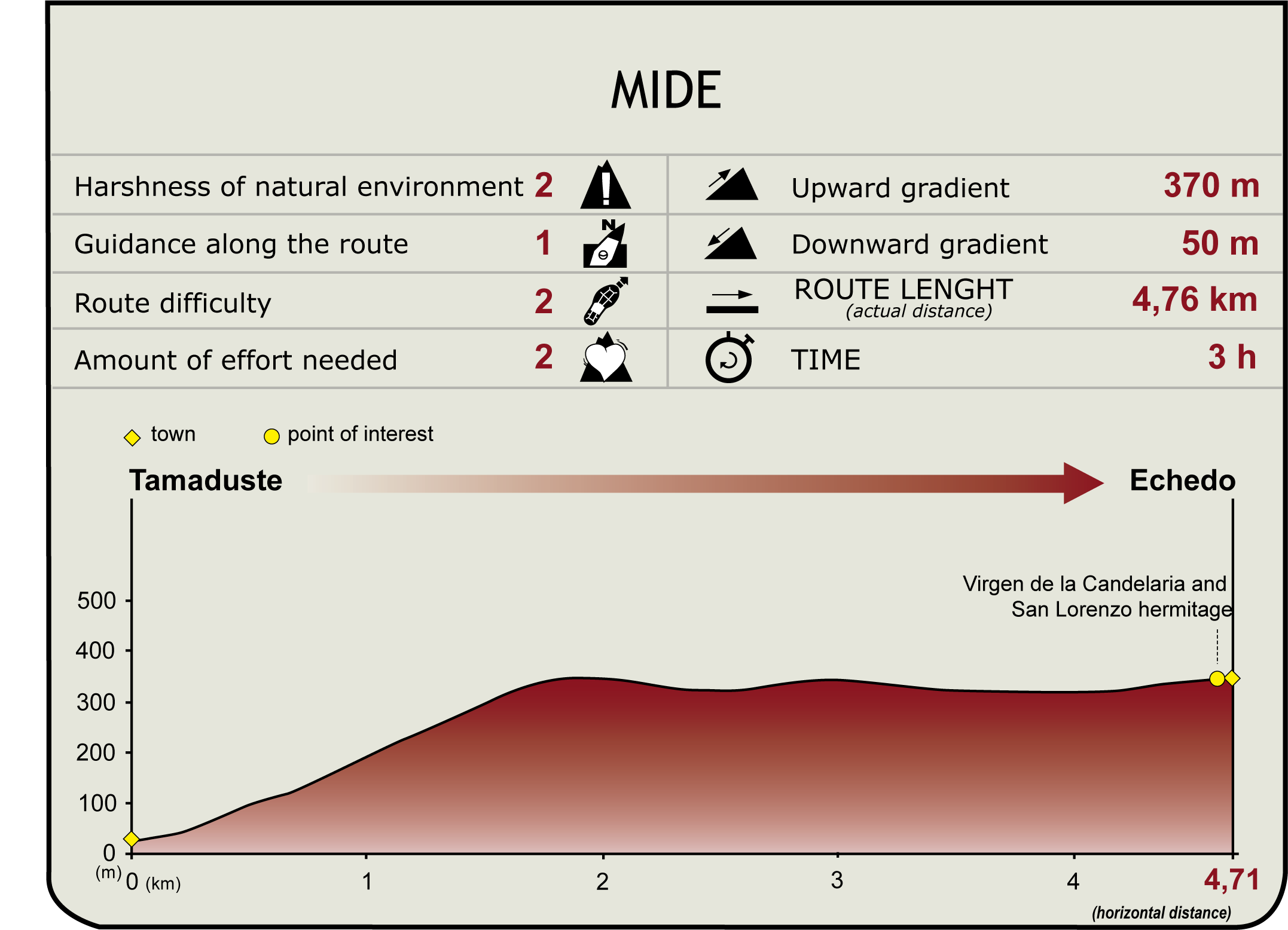
Highlights
Further information
The "Recogida" of Echedo
In the month of August, during the feasts of San Lorenzo and la Candelaria, the traditional “Recogida” (“Collection”) takes place in the main square of Echedo, in front of the shrine that houses the images of both saints.
The popular “Recogida” is carried out in the days preceding the feast: the people of the village go from house to house picking up all kind of objects placed by the neighbors in front of their houses and taking them to the square, which, by dawn of the following day, is choke full of all kinds of stuff.



